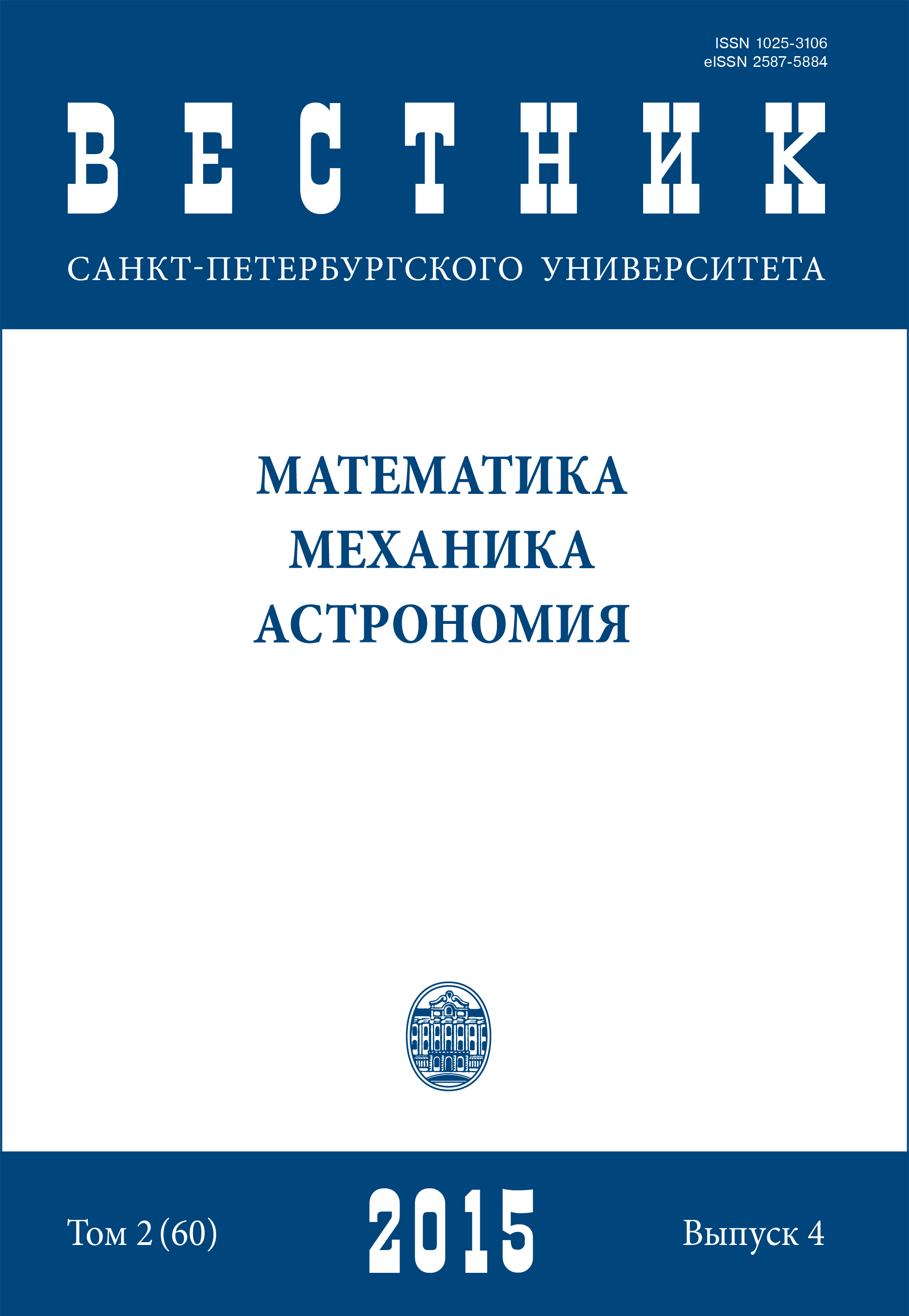On the pole tide triggering of the Earth’s seismicity
Abstract
The pole tide (PT) is generated by the centrifugal effect of polar motion on the chandler (fcw = 0.84 cpy) and annual frequencies. These frequencies, their beat frequency (0.16 cpy) and doubled frequency of chandler wobble (1.66 cpy) are revealed in seismic intensity spectrum of weak (M < 5) earthquake. The failure time for such earthquakes (1-10 years) are in a good agreement with the periodicity of stress oscillations excited by PT in the Earth’s crust. The CMT global seismic database (1976-2013) was used for search of the PT influence on the intensity of seismic process. The normal and shear stresses excited by PT were calculated for 32.2 thousand seismic events from CMT. The phases of the PT stresses for each earthquake were assessed and subsequently were used for statistical estimation of PT triggering of seismicity. The PT stress oscillations excite the weak earthquakes of thrust-slip fault type on 95% significance level by χ2 and Schuster’s statistical test. Refs 18. Figs 2. Tables 1.Keywords:
pole tide, tide strain, triggering of seismicity
Downloads
Download data is not yet available.
Downloads
Published
2015-11-01
How to Cite
Gorshkov, V. L. (2015). On the pole tide triggering of the Earth’s seismicity. Vestnik of Saint Petersburg University. Mathematics. Mechanics. Astronomy, 2(4), 646–656. Retrieved from https://math-mech-astr-journal.spbu.ru/article/view/11201
Issue
Section
Astronomy
License
Articles of "Vestnik of Saint Petersburg University. Mathematics. Mechanics. Astronomy" are open access distributed under the terms of the License Agreement with Saint Petersburg State University, which permits to the authors unrestricted distribution and self-archiving free of charge.




